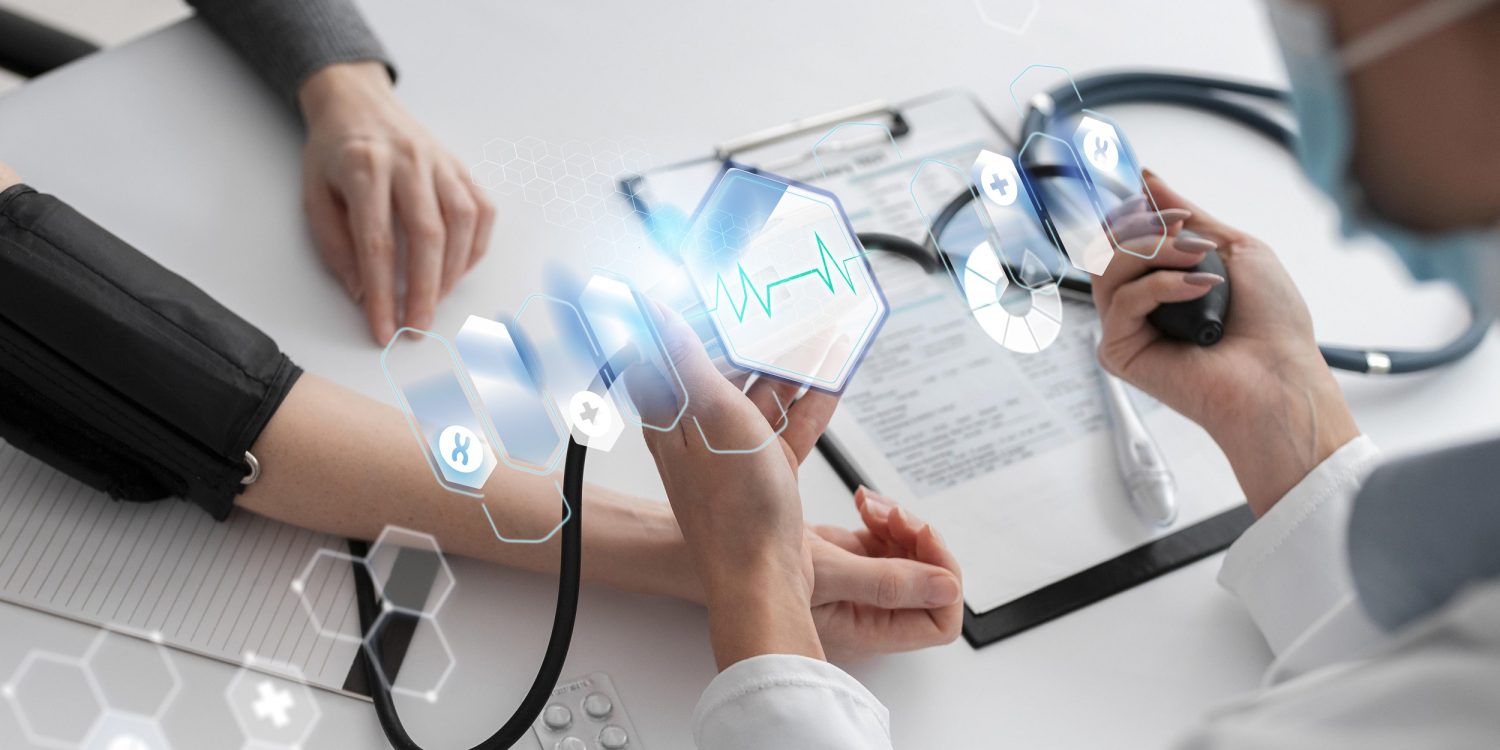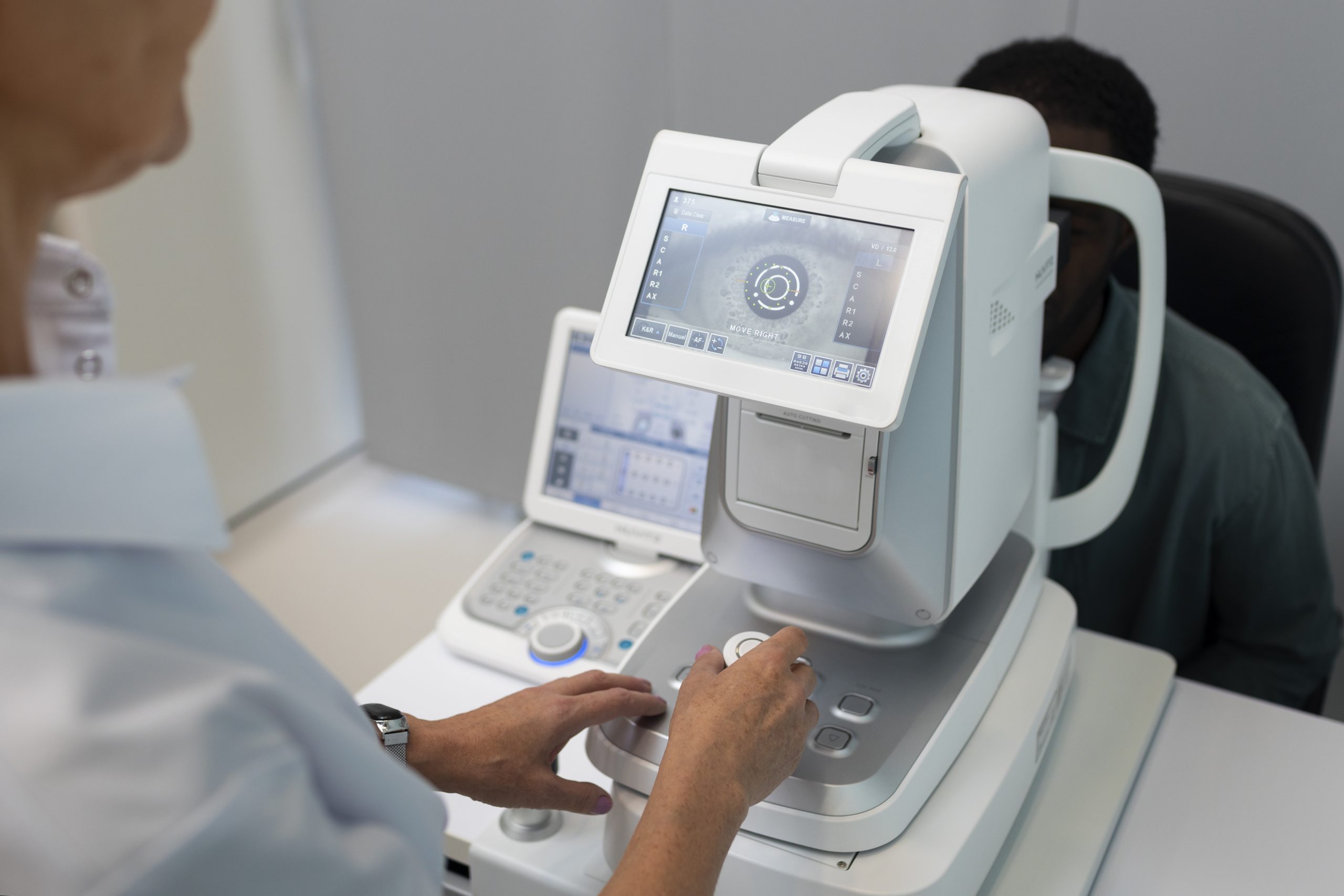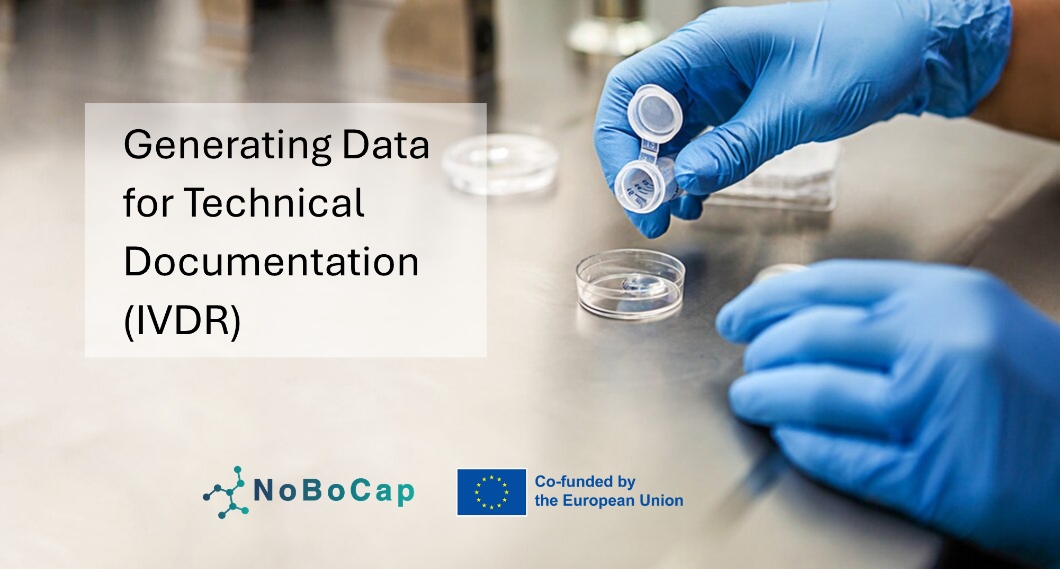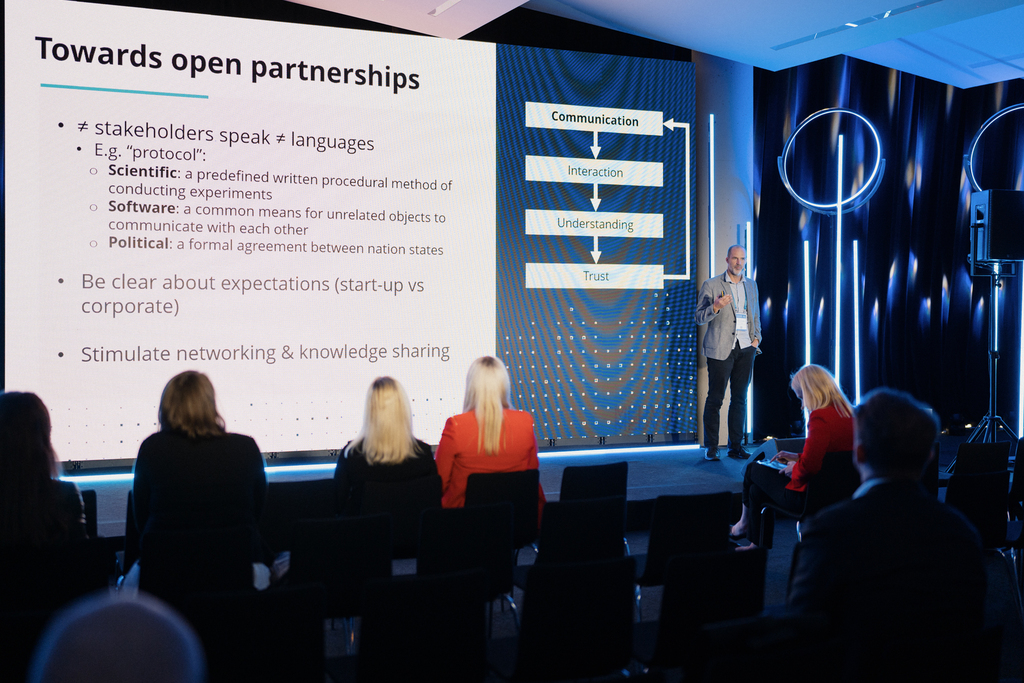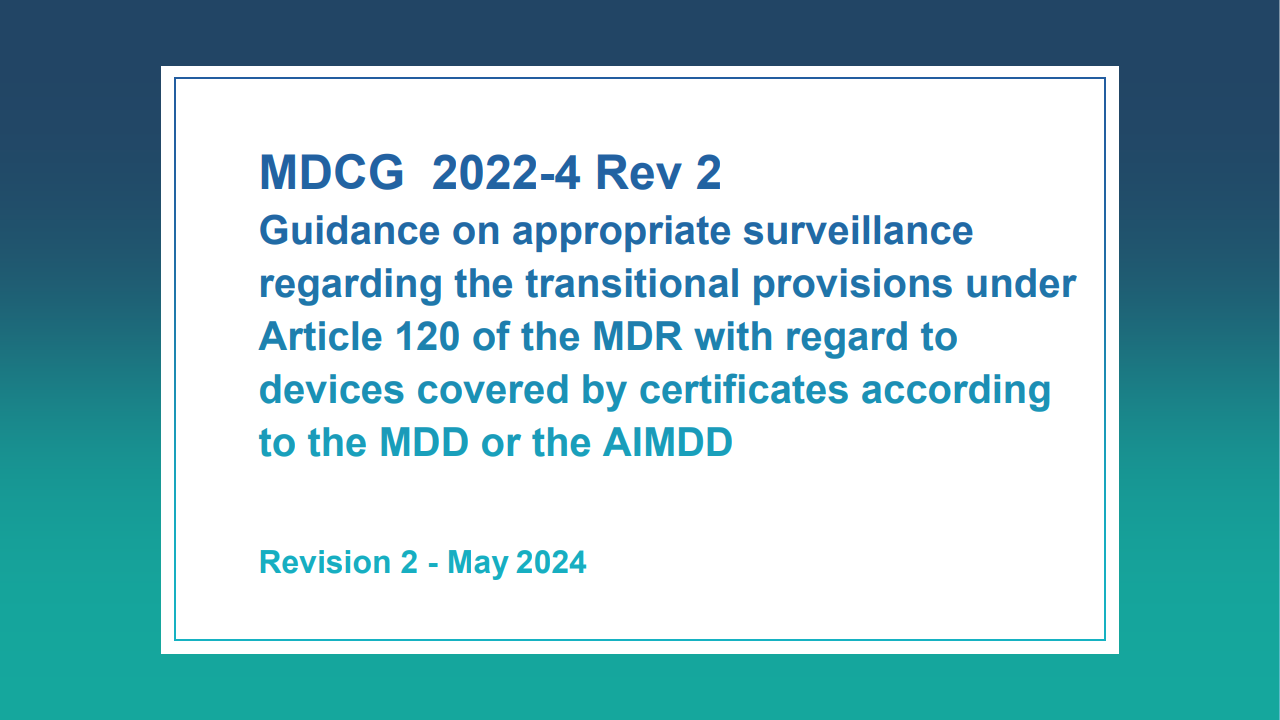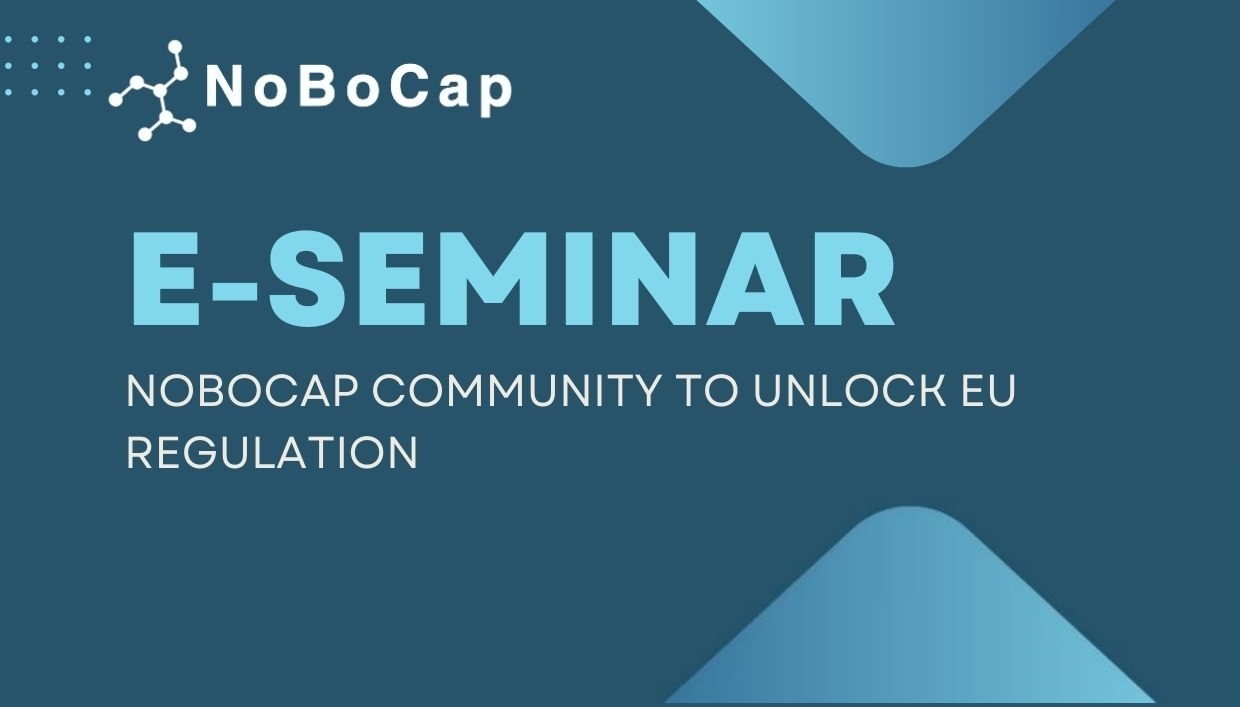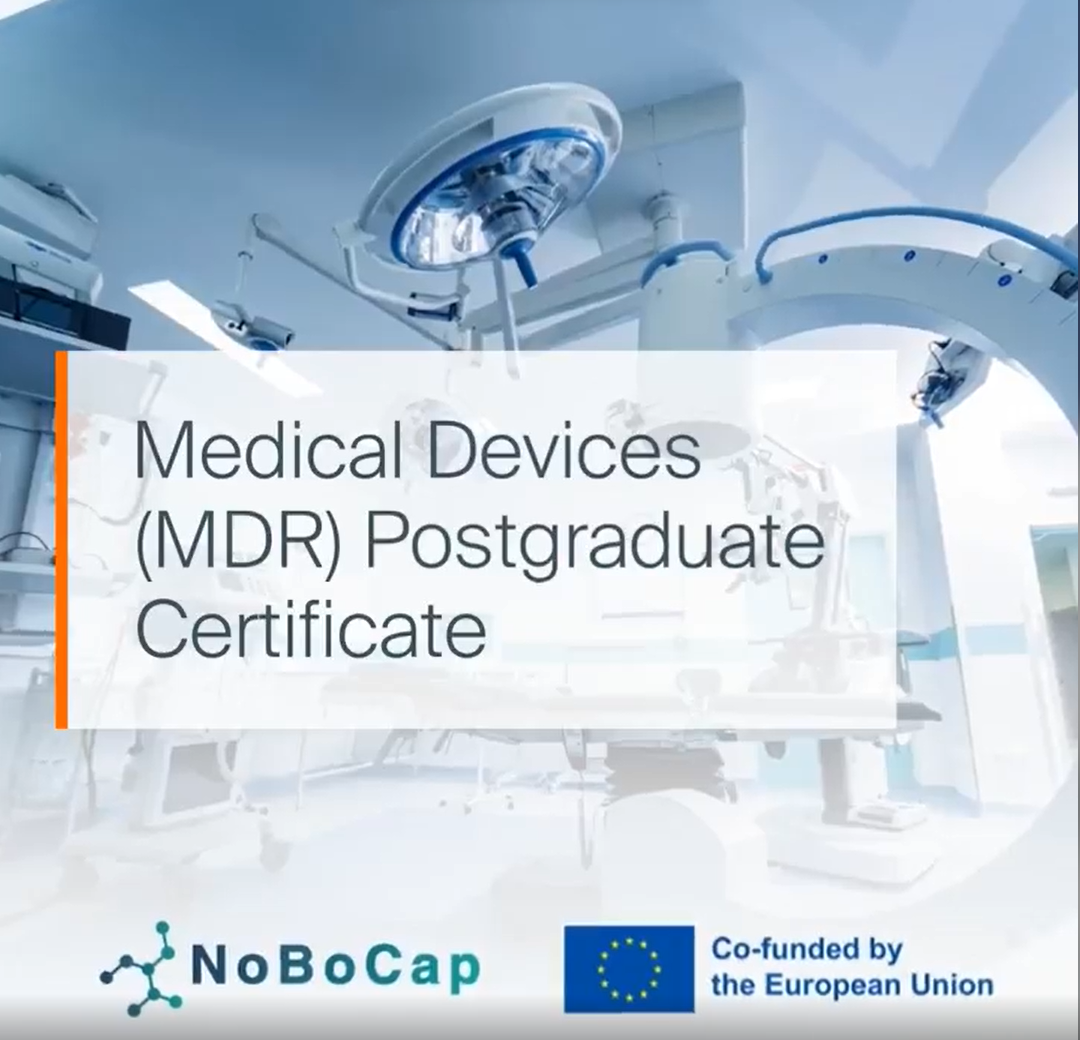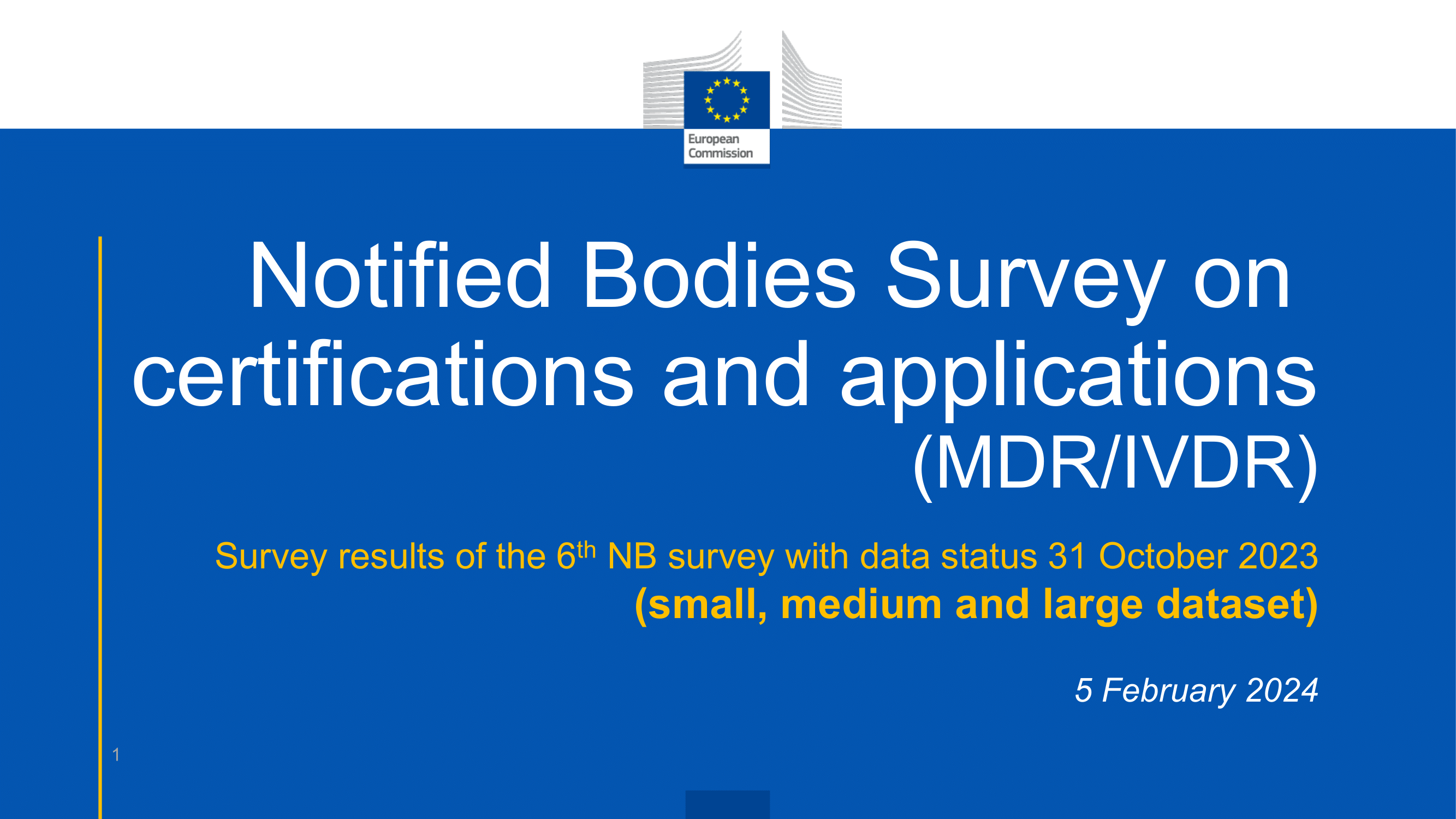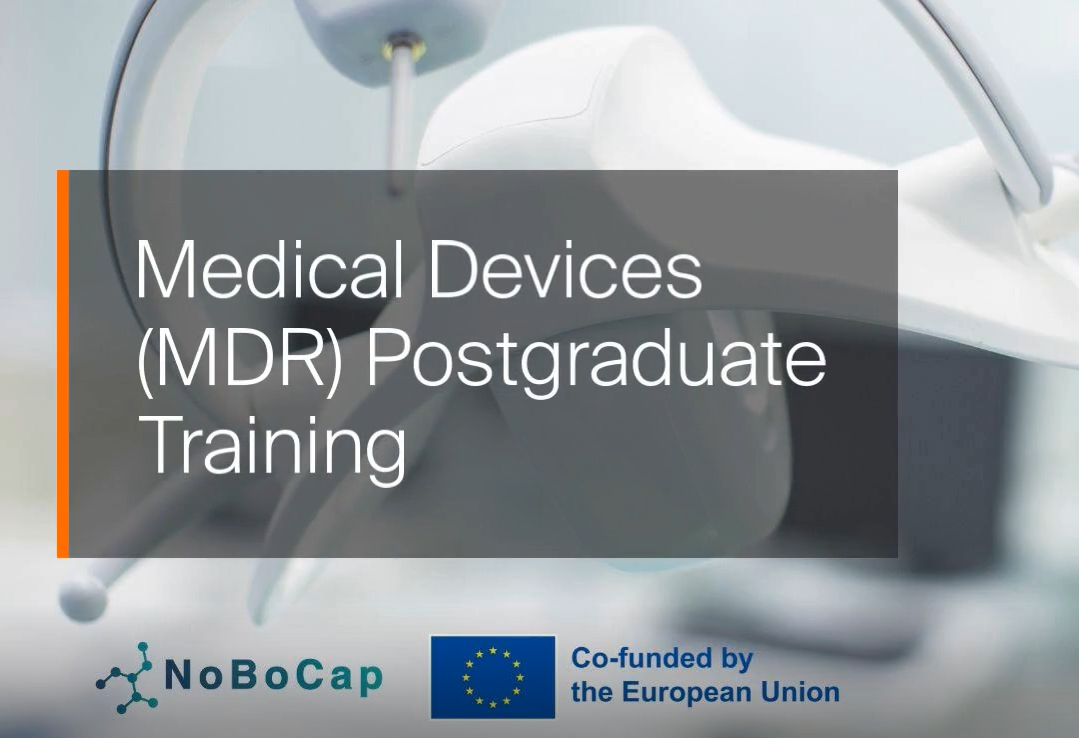Science and technology grow rapidly, and so does the supply of medical devices. It is estimated that there are more than 500 000 types of medical devices and in vitro diagnostic medical devices on the EU market.
Medical devices and in vitro diagnostic medical devices are becoming more advanced and technologically sophisticated, they provide innovative healthcare solutions to diagnose, prevent, monitor, or facilitate the treatment of diseases. While the importance of innovative medical devices and instruments is undeniable, it is important to ensure that they are safe for patients and can be marketed throughout the EU. So no matter what is produced – cardiac pacemakers, breast implants, X-ray machines, contact lenses, hip replacements – all medical devices must meet the requirements and be certified.
The certification process took almost two years
UAB “Vilimed”, a consultancy service provider for the development and certification of innovative medical devices, has been waiting a long time for a certificate confirming the completion of the certification process for the VILIM ball, a device to reduce daily hand tremors. The certification process for the device, which gives patients with Essential Tremor and Parkinson’s Disease relief from their symptoms at a time when they need to carry out the normal tasks of life, such as eating, drinking, and writing, has taken almost two years.
“In particular, the lack of expertise in certification and the search for competent professionals were major challenges. Then we faced financial problems – we needed to find resources for the expensive certification process and for us, as a young company, to survive until the certificate was obtained”,- said Mantas Venslauskas, Ph.D. and CEO of UAB “Vilimed”.
He also said that during the certification, perhaps the biggest problem was to find a suitable laboratory for testing the device they created, because it was not possible in Lithuania, so the device had to be sent to Latvia, Poland, and Hungary.
“Accredited laboratories in Lithuania are closing because the market is too small. Then you have to look for opportunities abroad, which usually increases costs. And, of course, there is a great lack of competent specialists who could advise, provide at least a base of knowledge based on which it would be possible to successfully pass the certification”, – V. Venslauskas shared his experience.
Explaining the main reasons why relatively few medical innovations reach the market in Lithuania, M. Venslauskas said that sometimes the road is simply too long and startups often fail to attract investments to survive the waiting time associated with obtaining the CE mark.
The involvement of professionals can shorten the certification process
“For a company, one of the most important issues is to determine the risk class of the device it is developing, as this determines the whole certification path and its complexity. Another challenge for companies is to find out which standards apply to the device. If the required standards are not taken into account during the development of the product, it may later incur additional costs if the product needs to be adjusted and its production may already have started. And the third major challenge is the time it takes to prepare the documentation for certification and the uncertainty about how to formulate that documentation to ensure compliance with the requirements”- says Aurelija Galvelytė, co-owner of 2 AM Health, a company that specializes exclusively in health technologies and helps innovators certify medical devices.
She also notes that the certification process is long and depends on the risk class of the product. Class 1 products do not need to cooperate with a notified body, and do not require an audit, so it is a relatively quick certification process lasting only a few months. For higher-risk products, the certification process can take around 1-1.5 years.
“Human factors and the lack of financial resources are the most common reasons for the length of the process, as certification services are quite expensive. Therefore, companies without experienced professionals spend a long time looking for relevant information, and it is not easy to find reliable, complete, and relevant information for their situation”,- says Monika Nair, CEO of 2 AM Health.
M. Nair notes that the involvement of experienced professionals can shorten the certification process, as they know how to formulate documents to demonstrate compliance, but there are not a lot of such qualified professionals. The certification process time can be significantly saved by accurately assessing what evidence of safety and efficacy of the device is specifically needed, whether this requires an additional clinical study, and what the design of the study should be to ensure that the data collected can be used for certification.
The European Commission has taken measures to solve these problems
Medical device certification challenges are being faced across Europe as companies wait for old and new products to be certified under the Medical Devices Regulation, which comes into effect in 2021.
The European Council has extended the deadlines so that existing devices can still be used, but the long wait for device certification is challenging for companies that need certification to attract investors and bring new innovative medical devices to market. The busyness of notified bodies contributes to an even longer wait.
The European Commission has taken measures to solve these problems. Currently, the health technology cluster “iVita” together with partners from Romania, Belgium, Ireland, and Greece has received funding and is implementing the project “NoBoCap (Notified Body Increased Capacity)”. The aim of the project is to increase the capacity of notified bodies by helping the potential workforce to upgrade their existing or relevant qualifications.
Project activities will include specialized training on certification processes and new technologies and their assessment. This will attract newly trained qualified staff to notified bodies and address the shortage of skilled workforce in notified bodies.
“The project will develop an AI-based platform that will make it easy to identify medical device codes and select the most competent notified body with the available capacity to certify the product. It will also build a community bringing together different organizations in the field to address common challenges related to the enforcement of new regulations or the use of innovative technologies such as artificial intelligence”,- says Diana Vertelkienė, head of the health technology cluster “iVita”.
D. Vertelkienė believes that the project will significantly contribute to accelerating the process of certification of medical devices and in vitro diagnostic medical devices across Europe. It will also allow to increase the efficiency and capacity of notified bodies and the preparation of market participants, especially SMEs, and start-ups, for the certification of their devices.
